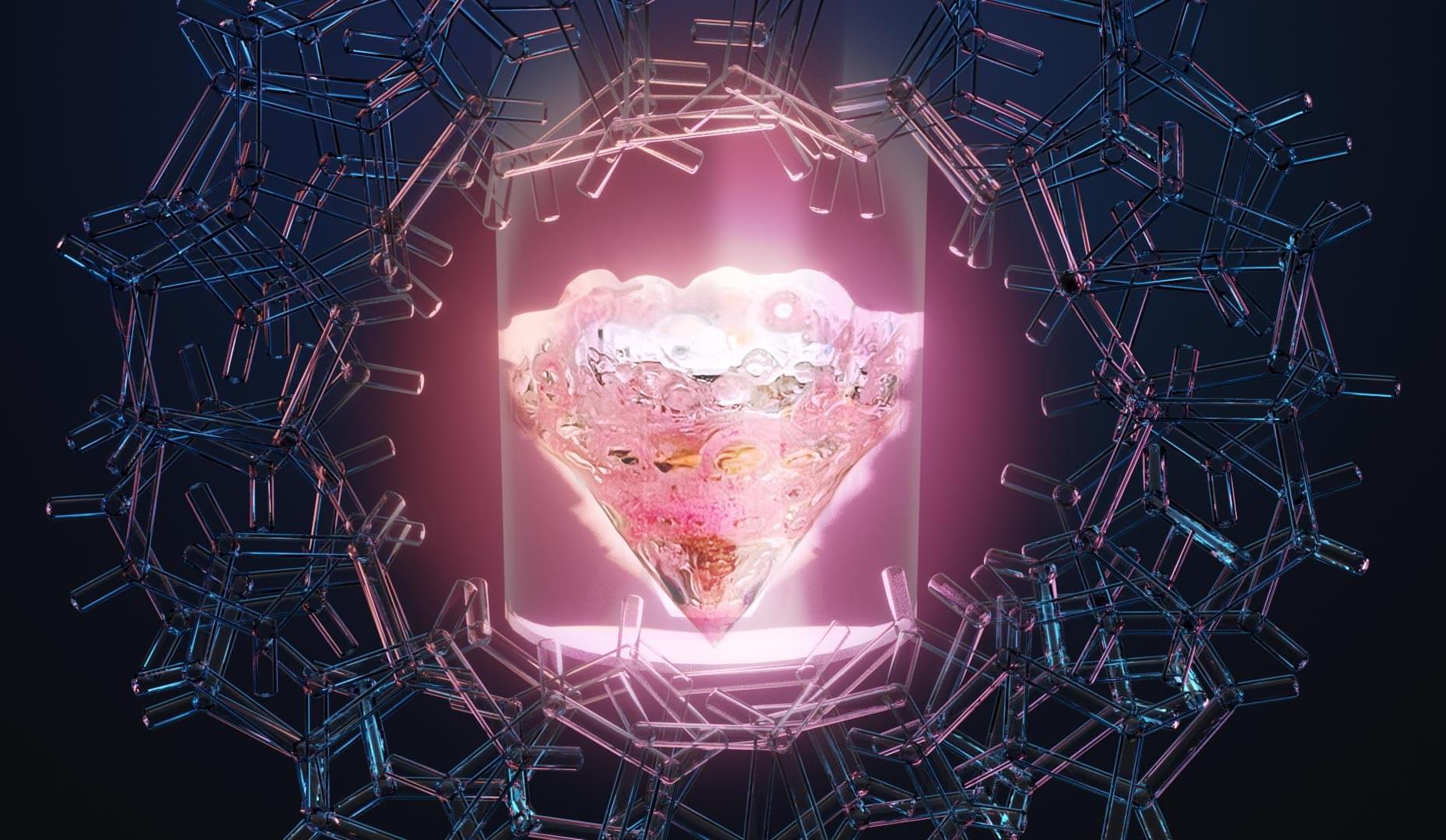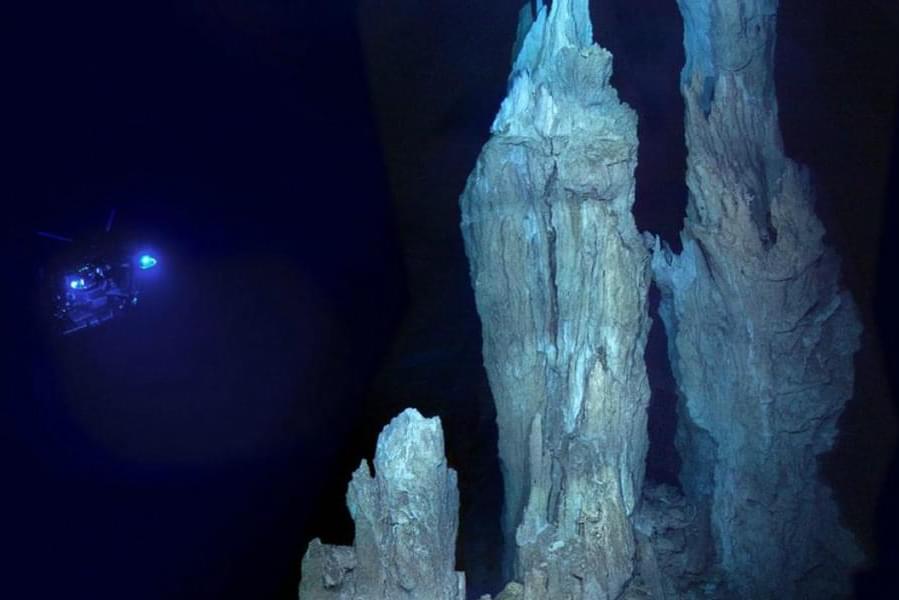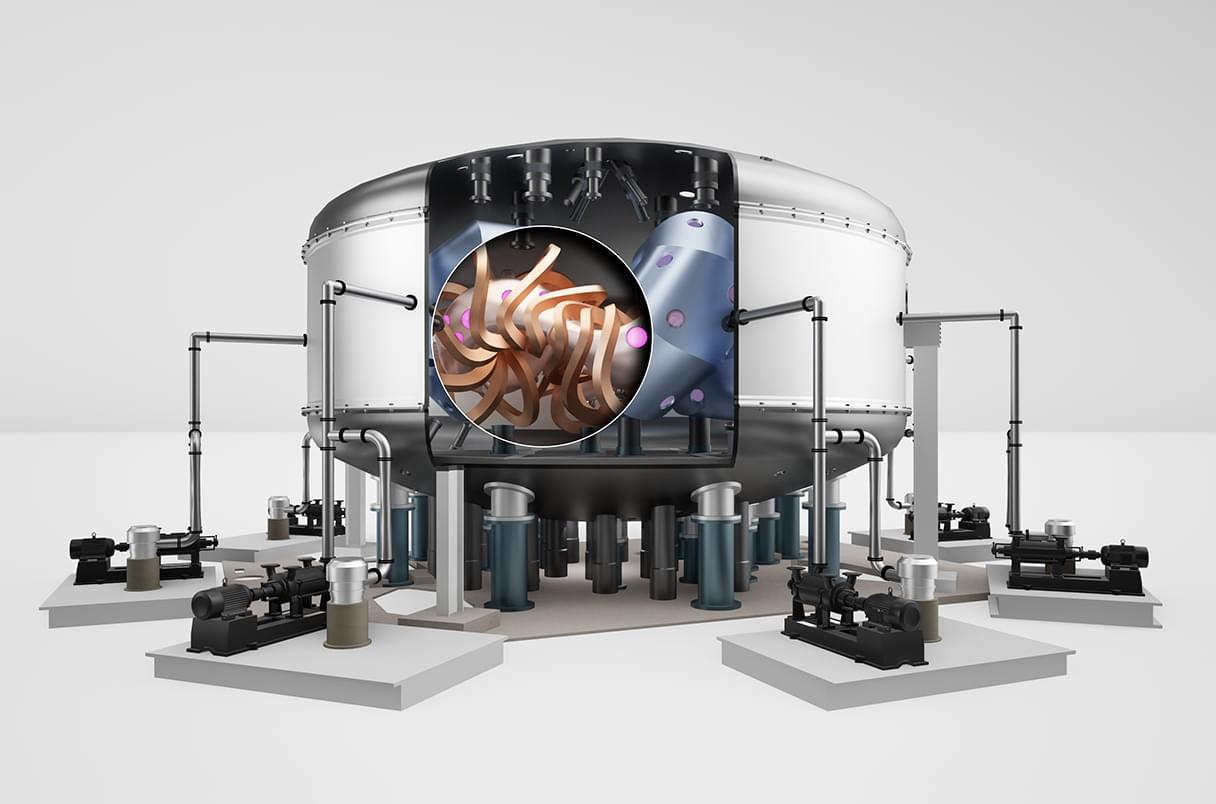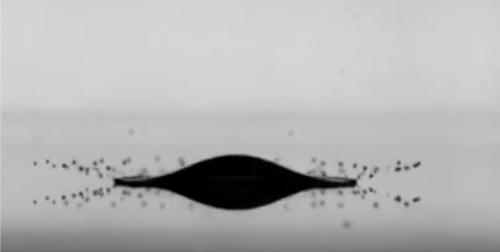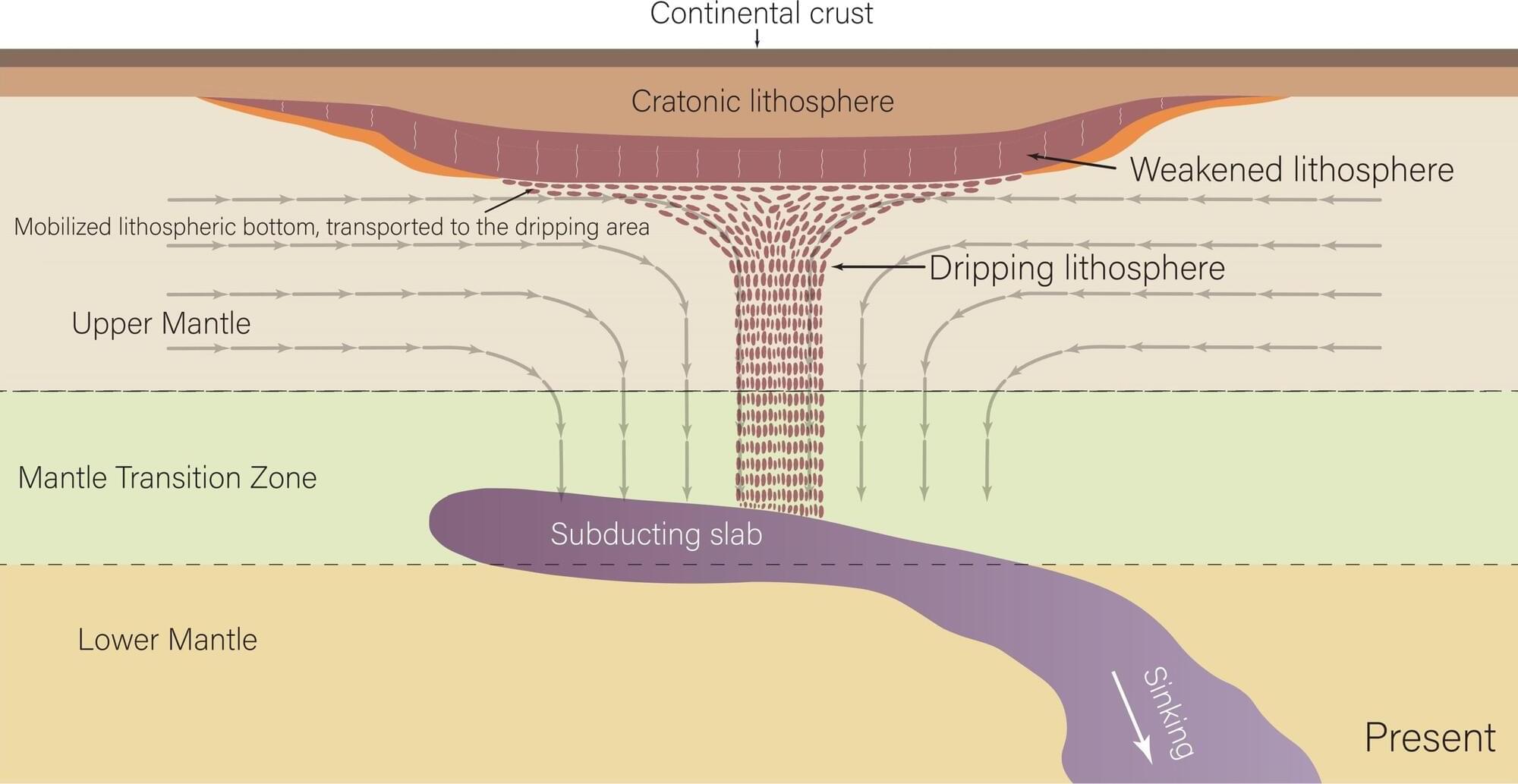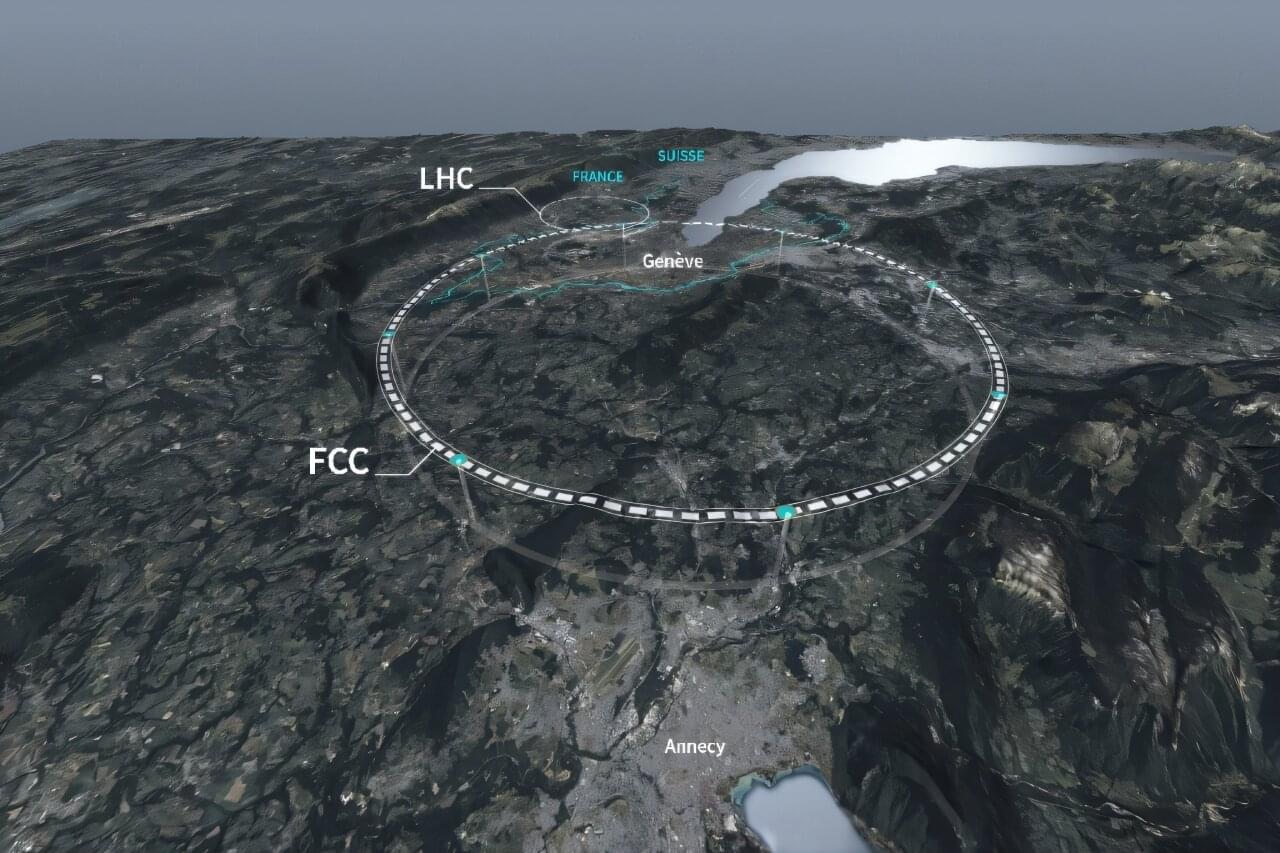For the first time, scientists have characterized a promethium coordination complex, advancing the understanding of challenging lanthanide elements. Promethium, a rare earth element, is unique in that it lacks stable isotopes. As a result, it constantly decays, making it challenging to study. In
Category: futurism – Page 36
Fragments of a rare Merlin manuscript from the 1200s discovered and digitised in a ground-breaking three-year project at Cambridge University Library.
The reality of what lies within our oceans has fascinated people since time immemorial, so it’s no wonder we’ve created countless myths about the watery depths.
But step aside, Atlantis, scientists have discovered a real Lost City beneath the waves, and this one is teaming with life.
The rocky, towering landscape is located west of the Mid-Atlantic Ridge mountain range, hundreds of metres below the surface of the Atlantic Ocean, and consists of massive walls, columns and monoliths stretching more than 60 metres (200ft) tall.
A general reinforcement-learning algorithm, called Dreamer, outperforms specialized expert algorithms across diverse tasks by learning a model of the environment and improving its behaviour by imagining future scenarios.
Using precise spatial tracking of tumor cell populations, this study demonstrates tumor cells shape their immune microenvironment on a highly localized spa
🌍 20 Emerging Technologies That Will Change The World 🚀The future is here! In this video, we explore 20 Emerging Technologies That Will Change The World, r…
The messy breakup of a liquid droplet that occurs when it hits a surface can be suppressed by giving the droplet an electrical charge.
Liquid droplets hit solid surfaces in a range of technological processes, such as spray coating and inkjet printing. Typically, the collision causes the droplet to break up into many tiny fragments, creating a splash. A research team has now shown that electrical charging of droplets can reduce or even entirely suppress the splashing, offering greater control over the impact process [1]. The findings could be useful in the design of more precise and efficient droplet-related technologies.
Electrical charging of droplets is very common both in nature and in technology, for example, in thundercloud electrification. The charging usually results from contact electrification, where friction, or even mere contact, between two surfaces results in electrons or ions passing between them. The effect can be exploited technologically: For example, mechanical engineer Zuankai Wang, now at the Hong Kong Polytechnic University, and his colleagues have previously shown that the charge on falling water droplets can be harnessed for electricity generation [2].
Researchers have discovered that the underside of the North American continent is dripping away in blobs of rock—and that the remnants of a tectonic plate sinking in Earth’s mantle may be the reason why.
A paper published in Nature Geoscience describes the phenomenon, which was discovered at The University of Texas at Austin. It’s the first time that “cratonic thinning” may be captured in action.
“We made the observation that there could be something beneath the craton,” said the study’s lead author Junlin Hua, who conducted the research during a postdoctoral fellowship at UT’s Jackson School of Geosciences. “Luckily, we also got the new idea about what drives this thinning.”
Europe’s CERN laboratory said on Monday that a detailed analysis revealed no technical obstacles to building the world’s biggest particle collider, even as critics took issue with the “pharaonic” $17-billion project.
The Future Circular Collider (FCC) project is essential for ensuring that Europe maintains its global leadership in fundamental physics, CERN chief Fabiola Gianotti told AFP.
“There is real competition” from China in particular, she cautioned, hailing that the giant FCC “project is absolutely on the good track” and urging states to release the funding needed to move forward.
